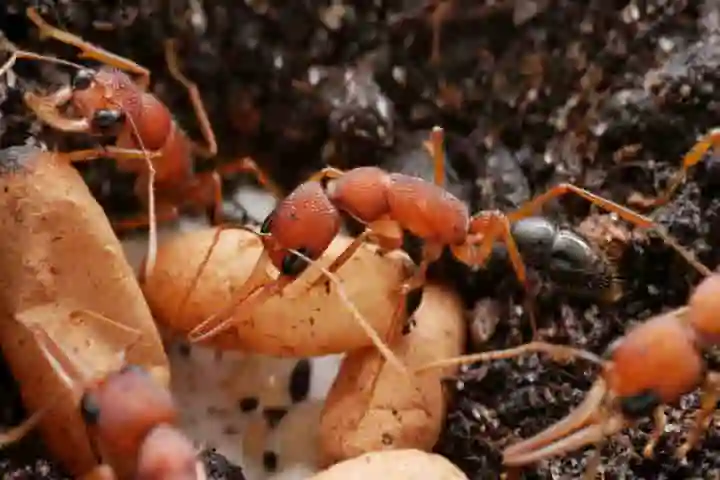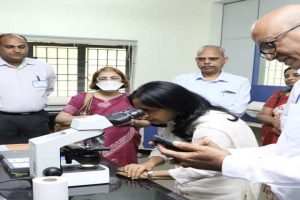While workers in most of the species of ants are destined to follow their life’s journey according to their place in their social hierarchy in case of those among the Jerdon’s jumping ants or Indian ants (Harpegnathos saltator) there is a chance to climb the ladder.
In the event of the queen’s death, these workers can become “gamergates”, that is becoming ants with qualities of the queen, according to an article in popsci.com.
Both the queens and workers have distinct roles in the ant world – the former brings forth more workers while the latter hunts for food and keeps the enemies away. By becoming gamergates, workers’ bodies alter – venom sacs reduce while there is an expansion in ovaries. Earlier studies had shown that the transformation of the worker to gamergate also led to alteration of hormones, size of the brain and a five-fold rise in lifespan.
The reason for these changes was not known till now when a group of geneticists and biologists have revealed in Cell that how it happens. The change in one protein, Kr-h1 (Krüppel homolog 1), in the ant’s brains sets in motion alteration to catapult the worker to become queen.
Also read: Tiny-brained spider amazes scientists with its web designs
The Kr-h1 protein responds to orders of two hormones. One is a juvenile hormone which is present in workers and the other is ecdysone hormone that queens have in greater numbers. When the former comes into play in a 10-day old ant, the Kr-h1 brings the curtain down on the queen characteristic genes while promoting those concerned with workers. On the contrary, behaviour related to the queen gets a fillip in ants because of ecdysone.
Interestingly, the deletion of Kr-h1 from the ant neurons, made worker ants act more like gamergates and gamergates more like workers.
In a statement Shelley Berger, University of Pennsylvania biologist said: “This protein regulates different genes in workers and gamergates and prevents the ants from performing ‘socially inappropriate’ behaviours. That is to say, Kr-h1 is required to maintain the boundaries between social castes and to ensure that workers continue to work while gamergates continue to act like queens.”
Kr-h1 is what swings the ants between worker and queen though further work needs to be conducted to determine how it results in specific behaviour. Adria LeBoeuf, University of Fribourg neuroscientist who was not part of the study, told The Scientist: “Somehow these hormones end up in the brain, [but] we don’t know how they get there.” She added understanding on how ovaries and other parts of the body are influenced is also vital.
Also read: Scientists puzzled by asexual reproduction among condor predators
What has amazed scientists is that one and the same protein creates a differentiation in the ants. Commenting on it, the paper’s co-author Roberto Bonasio in the statement observed: “We thought that these jobs would be assigned to two or more different factors, each of them only present in one or the other brain.” Bonasio is a molecular epigeneticist at the University of Pennsylvania.
Giving a literary touch to this aspect, Berger in the statement stated: “In other words, the parts of both Dr. Jekyll and Mr. Hyde are already written into the genome; everyone can play either role, depending on which gene switches are turned on or off.”




















